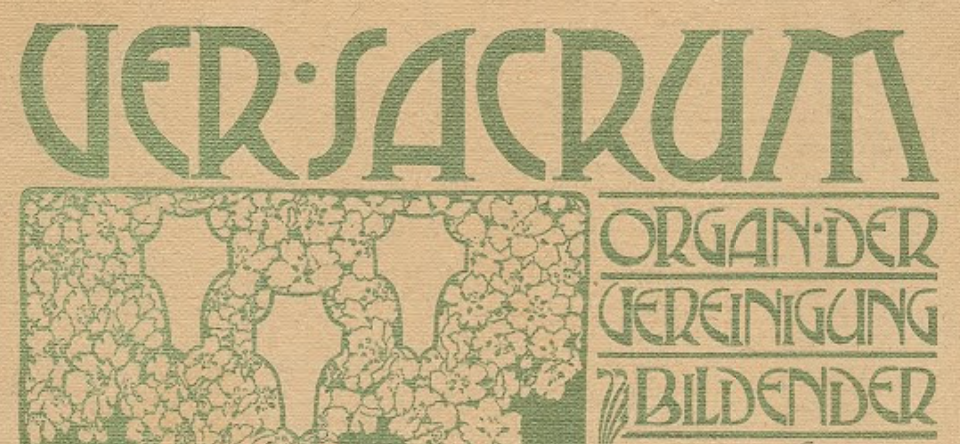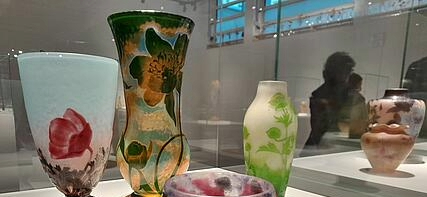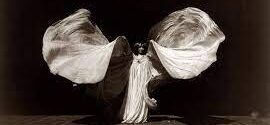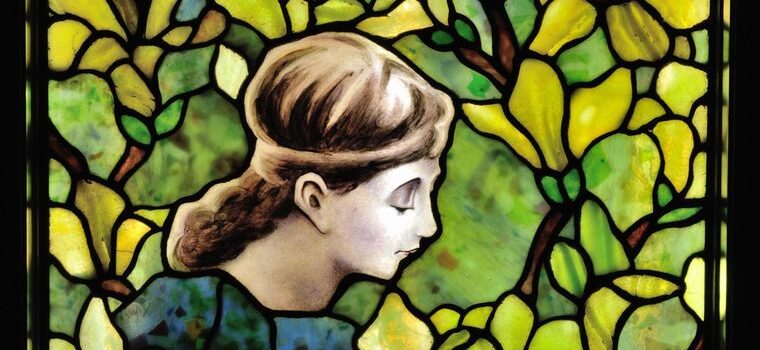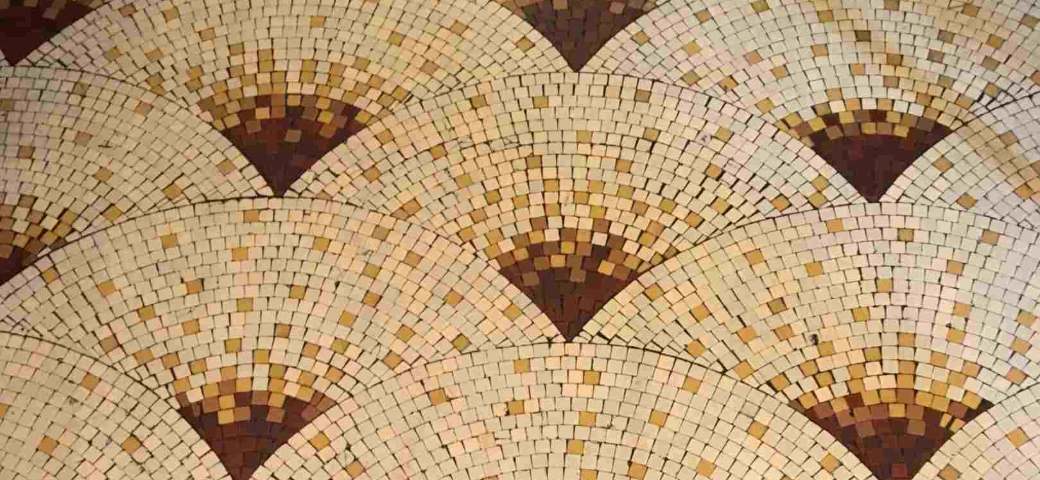The magazine Ver Sacrum—Latin for “Sacred Spring”—was far more than a publication; it was the visual and philosophical heart of the Viennese Secession. Founded in 1897, it served as the official voice of Austria’s Art Nouveau movement, propagating a new artistic vision and a deliberate break from historical traditions. Through its innovative design, the magazine became a powerful manifesto, shaping the very identity of the Secession and leaving a lasting mark on modern graphic arts.
From its very first issue, Ver Sacrum distinguished itself with a distinctive square format, a bold departure from conventional magazines. This choice wasn’t just aesthetic; it symbolized the movement’s rejection of tradition and its embrace of a “modernity aesthetic.” Within its pages, text, images, and decoration were seamlessly integrated into a cohesive visual system. The magazine masterfully balanced minimalist layouts with richly ornamented compositions, featuring borders, decorative initials, naturalist motifs, and striking Japanese influences. This synthesis of the “total work of art” (Gesamtkunstwerk) was a radical concept, influencing everything from typography—with new typefaces created by artists like Moser and von Larisch—to the design of posters and advertisements that accompanied the publication.
The magazine also served as a crucial platform for the movement’s leading artists. Iconic covers were designed by figures such as Otto Wagner and Alfred Roller, while vignettes and initials by Secession artists adorned the pages. This collaborative spirit promoted the group’s values and showcased a style that was “historically free,” appealing to a new, rising upper-middle class. By doing so, Ver Sacrum helped the Viennese Secession affirm its independence from German influences, establishing a unique artistic identity in Central Europe.
A Major Exhibition Explores the Legacy of Ver Sacrum
The enduring legacy of Ver Sacrum is currently being celebrated in Italy. The Museo Civico di Crema e del Cremasco in Crema is hosting a landmark exhibition, Ver Sacrum and the Graphic Arts of the Viennese Secession, on view from October 18, 2025, to January 11, 2026. This is an unparalleled opportunity to delve into the magazine’s profound impact on European art and design.
The exhibition, co-curated by Giovanni Biancardi, features original graphic works from his own collection, including some of the most important pages and covers from the magazine itself. It’s complemented by a wealth of other materials, from illustrated books and exhibition catalogs to loose sheets and graphic works by dozens of artists tied to the movement. Visitors will find works by giants like Gustav Klimt, Koloman Moser, Egon Schiele, and Alphonse Mucha, as well as artists who influenced the Secession’s language, such as Arnold Böcklin and Katsushika Hokusai.
The exhibition’s title, Ver Sacrum, draws from an ancient Italic ritual of symbolic renewal, a concept that perfectly captured the Secession’s mission to “distance themselves from the past and establish new aesthetic territories.” This spirit of innovation is encapsulated in the movement’s famous motto: “To every age its art. To art its freedom.”
A key highlight of the exhibition is its exploration of how Japonisme influenced Viennese and Central European art. Objects and woodcuts from the Museo d’Arte Orientale document the central role of Japanese craftsmanship in shaping the graphic tastes of the Secessionists. The display also makes a strong case for the magazine’s role in breaking down barriers between the fine and applied arts, revealing how artists designed not only for the page but for theater sets, costumes, and posters.
The exhibition underscores Ver Sacrum’s position as one of the most influential editorial projects of the early 20th century. Its graphic legacy is visible in later magazines across Europe, from L’Eroica and Novissima in Italy to Wendingen in the Netherlands. Accompanied by a comprehensive catalog with critical essays, the exhibition in Crema offers an essential look at a pivotal moment in art history, bringing to life the visual and theoretical power of the Secession’s most important manifesto.
The connection between Art Nouveau and the concept of “nature” and in special “spring” is most directly captured in the context of the Vienna Secession movement, which is considered a world-wide phenomenon related to Art Nouveau. More information in this interesting article. For more information on Vienna’s art nouveau private tours and experiences visit the Vienna homepage at artnouveau.club.

